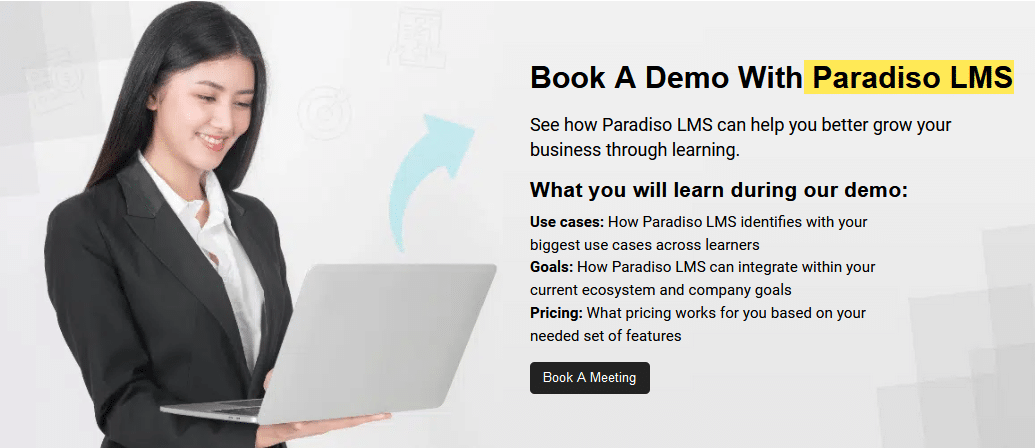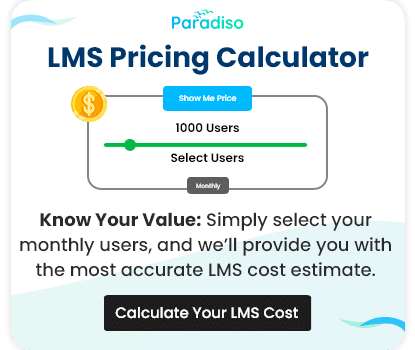Compliance training is essential for organizations of all sizes in today’s regulatory landscape. A Learning Management System (LMS) offers an efficient and scalable solution to manage this critical aspect of employee education. By leveraging an LMS for compliance training, companies can ensure that their workforce remains up-to-date with the latest regulations and industry standards.

We have
something for you!
Are you still figuring out which LMS is the best? Grab the chance to explore the LMS Buyer's Guide and get started.












